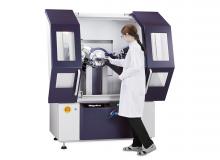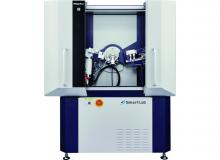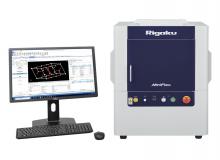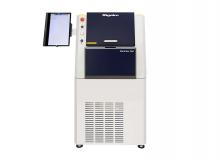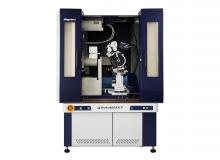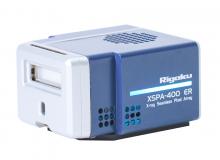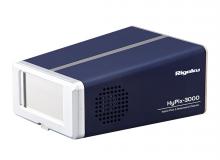Background
Solid pharmaceutical drugs are known to have different physical properties—such as solubility, bioavailability, and stability—depending on their crystal form. Although hydrates and anhydrides are related as so-called pseudo-polymorphs, they have different physical and chemical properties, such as stability regarding temperature, atmosphere, humidity, pressure, etc. In general, for example, hydrates are known to melt faster than anhydrides. Confirming the presence/absence of pseudo-polymorphs and the differences in their properties is essential to maintain the quality of APIs and products, and to avoid problems in the formulation process.
In addition, depending on the deposition conditions, the hydration number (solvation number) is often different (monohydrates or trihydrates, for example), and each may be considered a new pseudo-polymorph, different from the product of interest.
XRD products from Rigaku
Advanced state-of-the-art high-resolution XRD system powered by Guidance expert system software
New 6th-generation general purpose benchtop XRD system for phase i.d and phase quantification
Compact X-ray diffractometer for quality control of materials that is easy to use and is ideal for routine work
Laboratory micro-spot XRD residual stress analysis with both iso- and side-inclination methods
2D X-ray detector with latest semiconductor technology designed for home lab diffractometers


